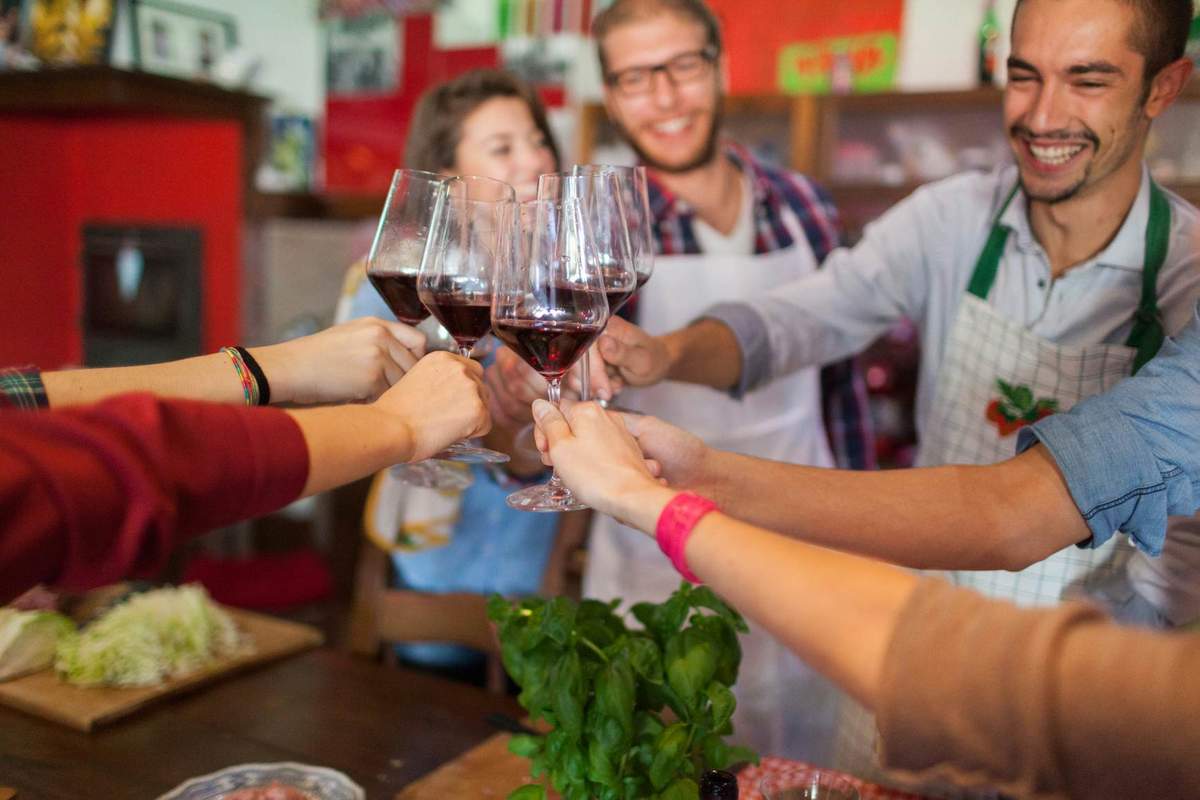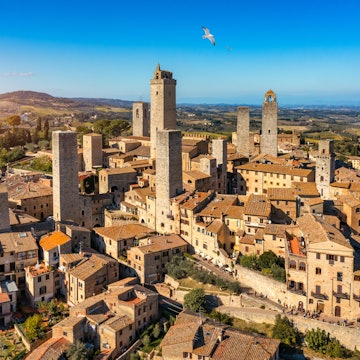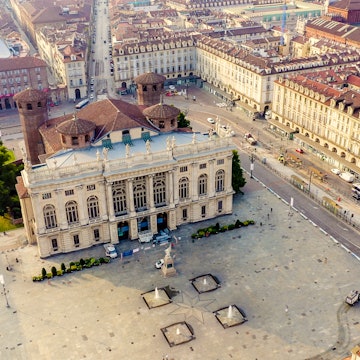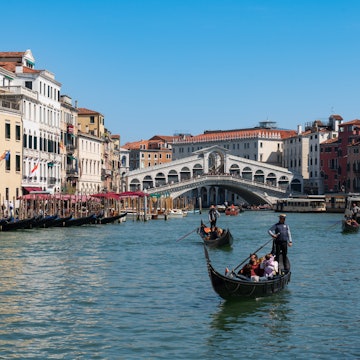
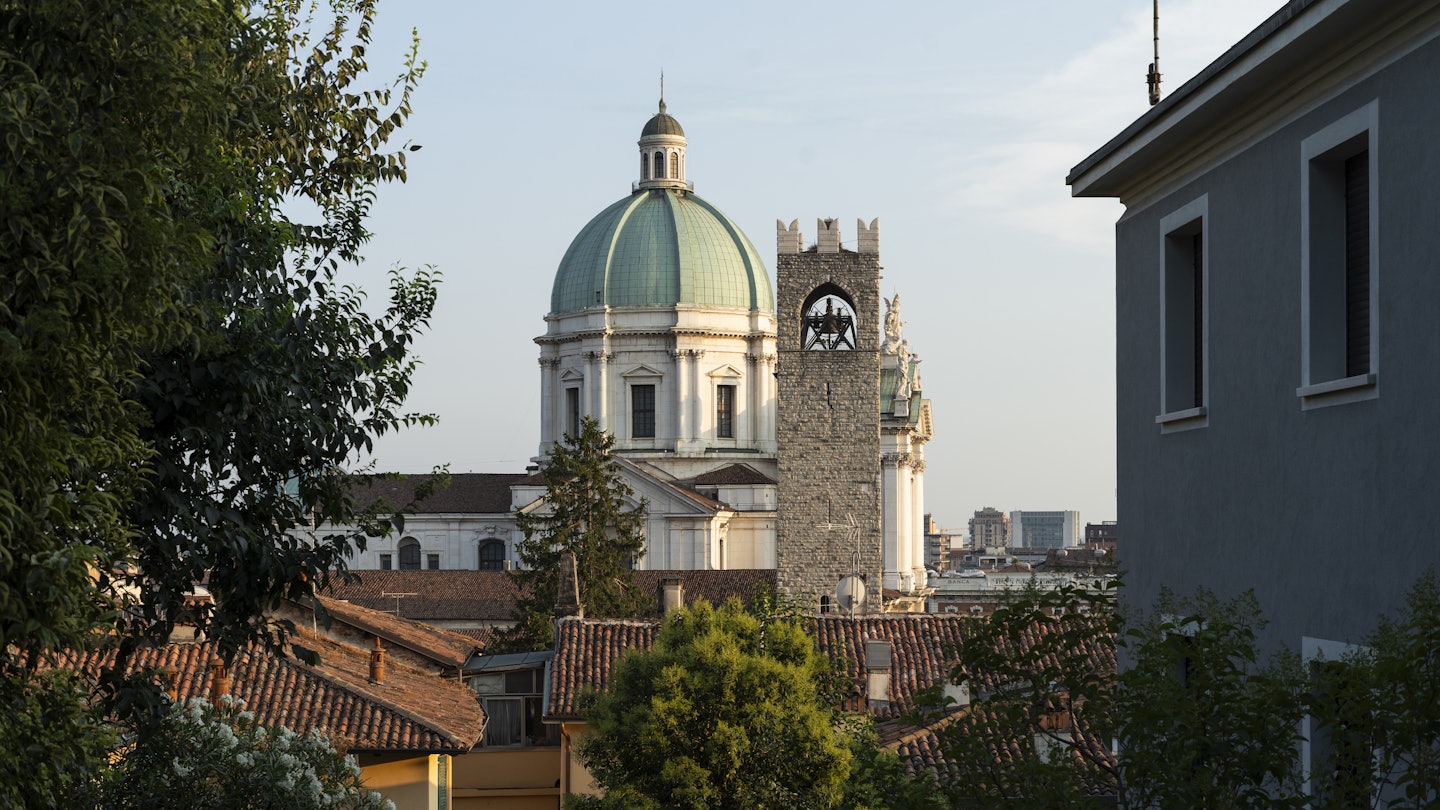
Brescia, Italy. Claudia Gori for Lonely Planet
With an unmatched abundance of Unesco World Heritage sites, diverse scenery ranging from some of Europe’s highest peaks to the turquoise waters of the southern coasts, and an endless list of regional cuisines to taste, planning an Italian adventure can easily get overwhelming.
Add to the mix a variety of dialects – both spoken and hand-gestured – and hard-to-decipher etiquette rules, and you can quickly feel a bit out of sorts with local culture.
Returning to Italy after years of living abroad has made many of the odd rules that dictate social interactions more evident to me – even I, as an Italian, find myself questioning why things work as they do. While clear answers are not always available, I've done my best to compile a list of rules, customs and habits that will make every visitor's time in my homeland a little easier. Here's everything you need to know before visiting Italy.

1. Italians all go on holiday at the same time (more or less)
For some reason, we Italians have collectively decided that August is the best month to go on holiday. It's understandable – with temperatures regularly surpassing 35℃ (95℉), expecting people to do anything other than lie on the beach is simply too far-fetched.
During the weeks surrounding the holiday of Ferragosto, on August 15, Italians migrate to the coast en masse, leaving humid cities half empty. Many businesses in the country’s interior close, prices rise significantly, and crowds are the norm on popular beaches. If you choose to travel in the high season, make sure to book your accommodation well in advance.
2. Italy was built for driving, but it’s not the only option
While the public transport infrastructure is cheap and mostly reliable, Italians remain devoted to driving. Stats have shown that the country is second in Europe after tiny Luxembourg when it comes to cars per capita – nearly 40 million vehicles are currently roaming around the country with 59 million inhabitants.
Part of this has to do with the mountainous, uneven geography of the peninsula. Trains cannot reach the more remote corners of the country, and the low population of rural areas does not justify frequent bus services. There is also a cultural aspect to Italy’s love for driving – huge investments were put toward motorways in the post-war era, which made mobility increasingly car-centric and Italians more used to relying on cars.
This doesn't mean you must have a car while visiting Italy. Renting a car will give you the most freedom, but trains and buses connect most urban centers and are a great, sustainable way to visit cities, medieval hamlets and coastal towns without worrying about traffic rules and limiting your intake of vino and spritzes. Buy train tickets online at Trenitalia or Italo. Tickets for slow, regional trains can be purchased on the spot without price increases, while high-speed train tickets are much cheaper when bought in advance.

3. Don’t be overwhelmed by restaurant menus
Enter any osteria, and you’ll find yourself deciphering a list of dishes split into categories such as antipasti (starters), primi (first courses), secondi (second courses), contorni (side dishes), dolci (desserts), vini (wines) and amari (digestives). Yes, a full Italian meal is composed of all these elements.
You are not expected, however, to order a dish from each section of the menu every time you sit down. It’s perfectly fine to order a pasta course followed by a dessert, or a starter and a second course. Mix and match as you like.
4. Card payments are now widely accepted, but carrying some cash is a good idea
For a long time, Italy has been a cash-first country. But in 2022, a new law introduced a fine for businesses not accepting card payments. Technically, paying by card should now be possible everywhere, although you can still encounter merchants frowning upon small electronic transfers or shops where the POS machine is mysteriously not working. Having some cash on you is a wise move.
Apart from such (rare) exceptions, card payments will not be an issue. Most major networks are widely accepted, American Express is the only card provider that might be rejected by smaller businesses.
5. Imitate hand gestures 🤌 at your own risk
Italians are globally known for talking with their hands, but they don’t particularly enjoy having their body language mocked by foreigners who are not aware of the meaning behind physical communication. Hand gesturing does not happen randomly; while a burst of anger or excitement may get people moving more intensely than usual, each signal has a specific meaning that – like in any language – should be learned before being inserted into a conversation.
Shaking your hand while pinching your fingers, for instance, is typically used in combination with a puzzled look to mean, “What are you talking about?” or, “What are you doing?” with a tone that can range from the confused to the aggressive. Use at your own risk.

6. Regional pride is worth embracing
Moving abroad or to a different city has become increasingly common for members of the younger generations, but a sense of pride for one’s place of birth continues to pervade the consciousness of many Italians. You won’t have to wait long before meeting someone who will exalt the food, traditions and landmarks they grew up surrounded by, often at the expense of neighboring regions or cities.
Such an intense form of pride – known in Italian as campanilismo – translates into endless opportunities to taste carefully guarded flavors, participate in events rooted in the local folklore and experience a different facet of the country each time you come back.
7. Learn the language of sarcasm
On the one hand, there is local pride; on the other is the art of breaking down barriers by making fun of ourselves. Italian humor has long been reliant on a self-inflicted form of sarcasm and the exaggeration of those very stereotypes you’d think we’d rather forget about.
Self-deprecation is only one shade of it, however. When jokes are directed at others, they can be ferocious. In regions such as Veneto or Tuscany, blasphemy is considered part of the local lingo, while Romans are unchallenged when it comes to sharp irony. To the uninitiated, such wit may feel like crossing a line, but it’s usually well-intended.

8. Tipping is not expected unless the service is especially personalized
Leaving a tip is always a nice gesture, but you should not feel obliged to do so in every bar or restaurant you enter. Most people in the service industry do not rely on tips to get by. However, when someone is particularly attentive to your needs and actively trying to improve your experience, it's a welcome gesture to thank them with a tip.
Note that you will be charged for “coperto” in many restaurants – a cover charge of around 2€ per person. This is neither a scam nor a tip that goes to the staff. It is simply a flat fee that Italians are used to paying when sitting down at a table.
9. When it comes to eating and drinking, there is a time for everything
Everyone has heard of the “no cappuccino past 11am” rule – you should know that this is not the only dieting constraint Italian culture is attempting to force upon you. Milky coffee is considered a breakfast-only drink, just like an Aperol Spritz is considered a pre-dinner cocktail and limoncello is considered a post-prandial liqueur. Lunch happens around 1pm, and dinner hardly ever starts before 8pm.
Such habits are often described as commandments set in stone, but know that the emphasis on their importance is often exaggerated. Not following the etiquette might be looked down upon at a formal gathering, but in cities where tourists are a permanent presence, exiting the boundaries of social conventions won't raise many eyebrows.
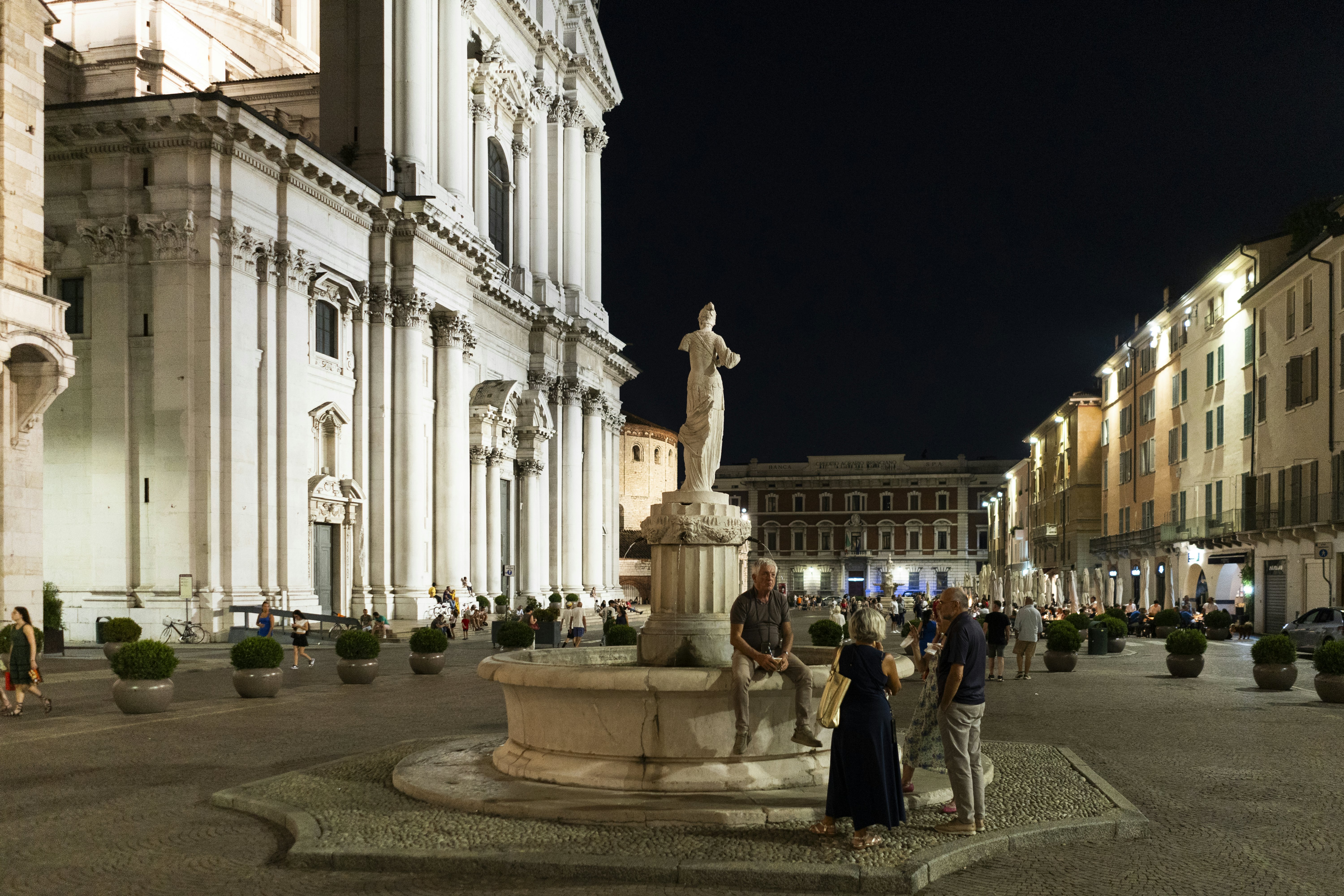
10. Drinking outside is allowed – and fun
While there are some municipalities that restrict drinking alcohol on the street in certain areas, this is not an issue in most of the country. On the contrary, many public squares fill up during summer evenings with people having a beer or a glass of wine in the open air.
11. Cheek kisses can cause some awkward situations
Imagine meeting up with your Italian friends for an aperitivo and finding yourself lip-to-lip with your new acquaintance’s spouse – this is only one of the embarrassing situations you could fall prey to by underestimating the cheek-kissing etiquette.
Italians often greet each other by giving two light cheek kisses. This happens almost exclusively in informal situations with people you’ve already met in the past – you are not expected to kiss your Italian language teacher or someone you’re being introduced to for the first time. People will typically start on the left side, although this is not a strict rule. If unsure, let the other person take the lead and go with the flow. Not comfortable in having your personal space invaded? A simple handshake is perfectly fine.
12. Political polarization is on the rise
Contrasting political views have always played a central role in the animated conversations of Italians, both in the private sphere and in the media. In recent years, however, polarization has become more evident. Part of this has to do with political conversations moving onto social media platforms where nuances and context fade away, favoring stark opinions over constructive debates. But this is far from the only reason.
In 2022, Italy elected Giorgia Meloni as its Prime Minister – the first woman to hold power and the first far-right leader since Fascist-era dictator Benito Mussolini. The ability to read the room is a useful skill to have if you choose to talk politics.






